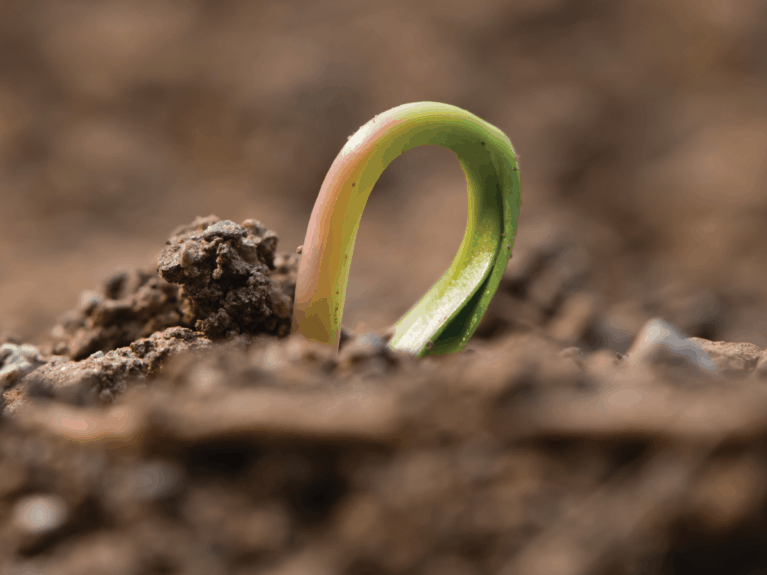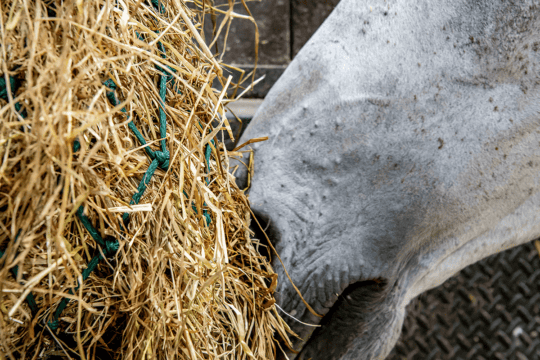When atypical myopathy strikes, the consequences are usually devastating. Dr Richard Newton, from the Animal Health Trust, explains how you can protect your horse against this deadly disease
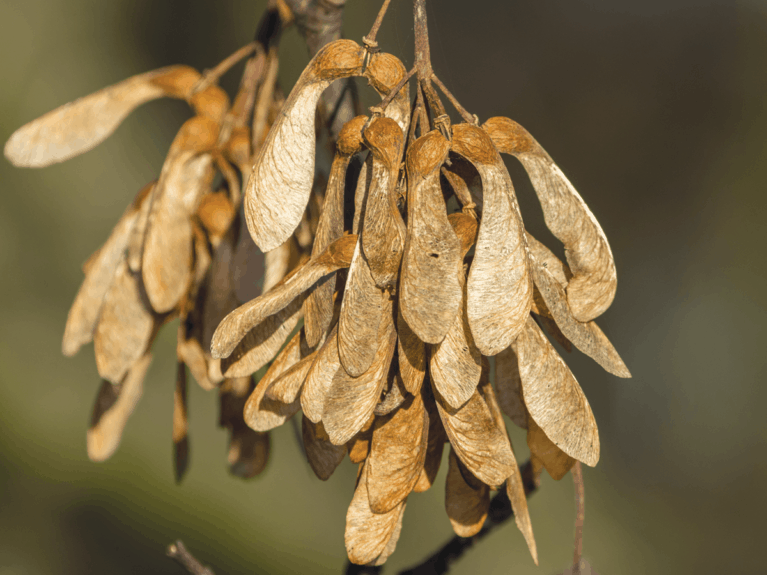
Almost always fatal, atypical myopathy is a muscle disease that’s caused by eating a substance called hypoglycin A, which is found in the seeds of some species of acer tree – the best known among horse owners are sycamore seeds, often called helicopters. Hypoglycin A is highly toxic to horses and, once ingested, it interferes with the function of the muscles, causing severe muscle damage and kidney failure.
It has taken 10 years to discover the cause of this devastating disease, but there are still many unanswered questions, such as how much hypoglycin A is required to cause illness and the potential cumulative effect of the toxin.
Toxic damage
Hypoglycin A prevents the breakdown of fatty acids within muscles and causes muscle cells to break down, which leads to muscle damage, particularly the cardiac and respiratory muscles. When muscles are broken down by the toxin, a component called myoglobin is released into the bloodstream. The blood then flows through the kidneys for filtering, but the kidney’s cells can’t cope with high concentrations of myoglobin, so the kidneys become damaged, too.
Did you know? Myoglobin causes the urine of affected horses to turn brown.
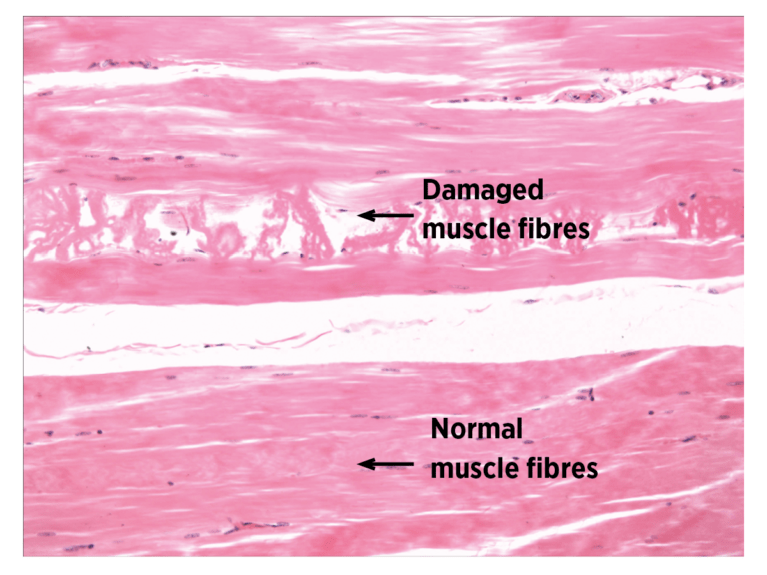
Looking out for the signs of sycamore poisoning
When horses first come down with atypical myopathy, they often display…
- Mild to moderate colic-like signs
- Depression
- Reluctance to move
- Weakness
The disease usually progresses rapidly, leading to…
- Panting
- Dark urine
- Inability to stand
- Inability to raise the head
In severe cases cardiac and respiratory arrest can happen, causing sudden death before the horse has shown signs of disease.
Race against time
Call your vet immediately if your horse shows mild signs of colic and depression, and is in a field near sycamore trees. They will be able to confirm the diagnosis by looking at your horse’s clinical signs and taking a blood test to measure the level of muscle enzymes, which are released from damaged muscle cells.
Once atypical myopathy has been confirmed, your horse will require a large amount of intravenous fluids to dilute his urine, which will help to clear the myoglobin through his kidneys with minimal damage. He’ll also need intensive nursing and lots of pain relief to help keep him as comfortable as possible.
Although in most cases atypical myopathy is fatal, time is crucial when dealing with this disease, because prompt treatment may help to prevent this devastating outcome.
In season
Although it’s sometimes assumed that spring is the highest risk time for atypical myopathy, the peak time for this disease is actually autumn and early winter – only 4% of known outbreaks have occurred in spring. Studies have shown that small spring outbreaks tend to follow those autumns when a large number of cases have been reported. It’s assumed that this is because the germinated seeds of these trees may also contain a high concentration of hypoglycin A.
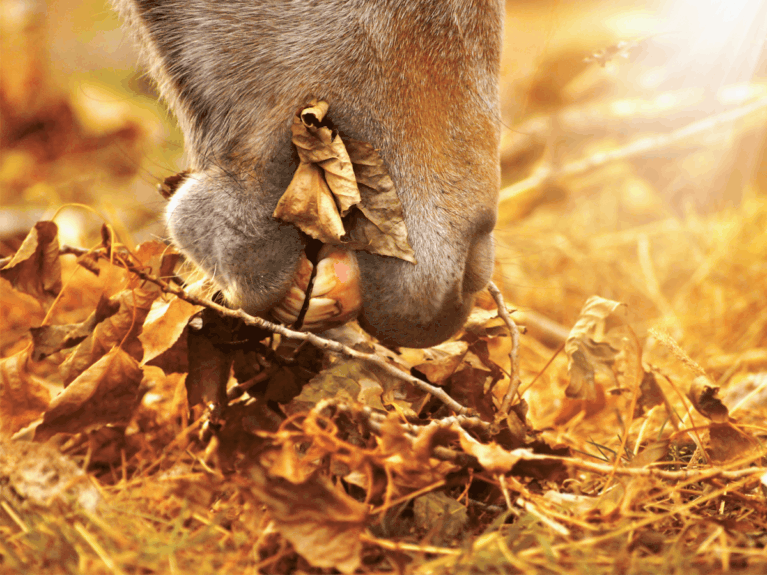
Protecting your horse
The key to reducing the chance of your horse getting atypical myopathy is to minimise how much contact he has with sycamore seeds. There are several ways to do this…
- avoid pastures surrounded by acers during autumn and early winter
- remove sycamore seeds from paddocks and burn them
- fence off areas with heavy concentrations of seeds
- keep checking your horse’s paddocks over the high-risk season. In windy conditions, seeds can travel a considerable distance from the tree so even if there aren’t any surrounding the field, it’s worth keeping an eye out for them
- if the grazing is poor, put out hay for your horse
- watch for acer seedlings in spring. If you spot them, remove them
The risk factors
Poor pastures and being lower down the pecking order within a herd may lead to some animals picking up more of the seeds when grazing, because their grazing options are limited. However, recent outbreaks have occurred on good-quality pasture, so it’s unclear whether some horses have a strong appetite for these seeds or are more susceptible to hypoglycin A. It’s safe to say, though, that the horses most at risk are those grazing in close proximity to acer trees.
Did you know? Some areas in England, such as Hampshire and Wiltshire, have reported more cases of atypical myopathy. However, it’s not clear whether this is because there’s a greater population of horses in these counties or an increased prevalence of the disease.
Damage limitation
Over the years, the death rate for atypical myopathy has come down a lot, particularly in areas of the country where the disease has been recognised and treated for several years. This is because horse owners and vets are recognising the disease sooner, so treatment can be initiated more quickly, and the sooner horses are treated, the better the chance of recovery. However, due to the significant danger atypical myopathy presents, keeping your horse away from sycamore seeds where possible is vital.




